Seychelles: A Guide to Cousin Island
Cousin Island is the ideal place to visit while cruising the Indian Ocean by superyacht.
Posted on
Adorned with lush palms and vibrant vegetation, this pristine granitic slice of heaven marks one of the few destinations on the planet where the miracle of nature thrives and man in all his curious wonder is a simple and silent observer.
In the clear, tropical waters of the Indian Ocean, one thousand miles away from the African mainland, lies a secret paradise rarely experienced outside of the world of fantasy. Previously a coconut plantation, Cousin Island was purchased by the International Council for Bird Protection (now BirdLife) in 1968, for the immediate purpose of saving the endemic Seychelles Warbler Acrocephalus sechellensis. 26 warblers had been found in the mangroves of the island clinging perilously to life, with much of its original habitat converted to coconut plantations. A campaign was started to rescue these birds and they became the flagship species for the island.
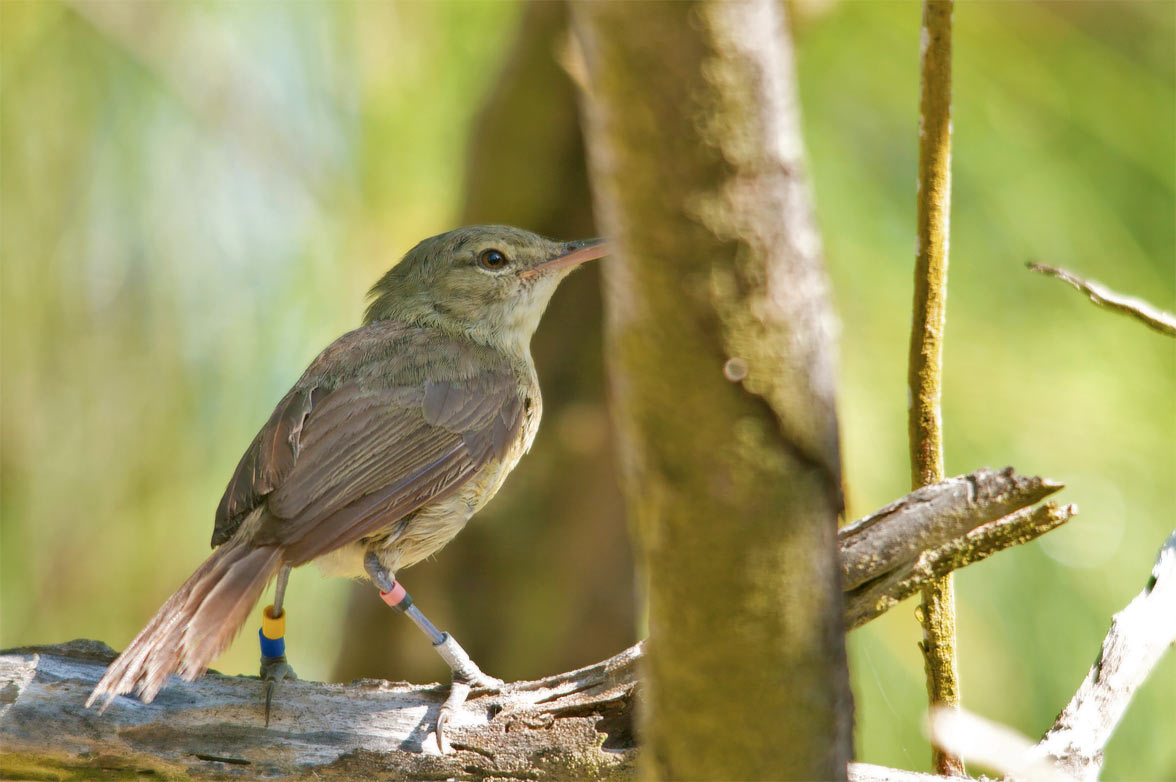
To save the warbler, a habitat restoration programme was implemented: Cousin’s coconuts were cut back and native vegetation encouraged to regenerate, which allowed the warbler to flourish. Its numbers increased. Soon over 300 birds could be heard singing on Cousin. From here the warbler was re-introduced to other islands in the Seychelles to boost its population and the bird now occurs on five other islands in the Seychelles.
The aim of the recovery plan for the Seychelles Warbler was to have 5000 individuals flourishing on five islands and to have it down-listed in the Red Data list.
Hopefully, we will be able to take the species off BirdLife International’s list of threatened birds of the world soon, the first time this would happen for a species once classified as Critically Endangered
Dr. Nirmal Shah
The transformation of the island from an ecologically impoverished coconut plantation into a thriving indigenous forest also benefitted other species notably the Seychelles Magpie Robin, Copsychus sechellarum. The first step in the rescue of the this bird, also once on the brink of extinction and clinging to life on Fregate Island, was the establishment of a population on Cousin. Other bird transfers to and from islands have been carried out and it now survives on six islands.
“The methods for re-introduction themselves have become the blue print for other island bird rescue. It involves the restoration of whole islands by planting forests and removal of alien predators such as rats and bird introduction. This is the way we have been able to save some of the rarest birds in Africa,” says Dr. Nirmal Shah Nature Seychelles Chief Executive.
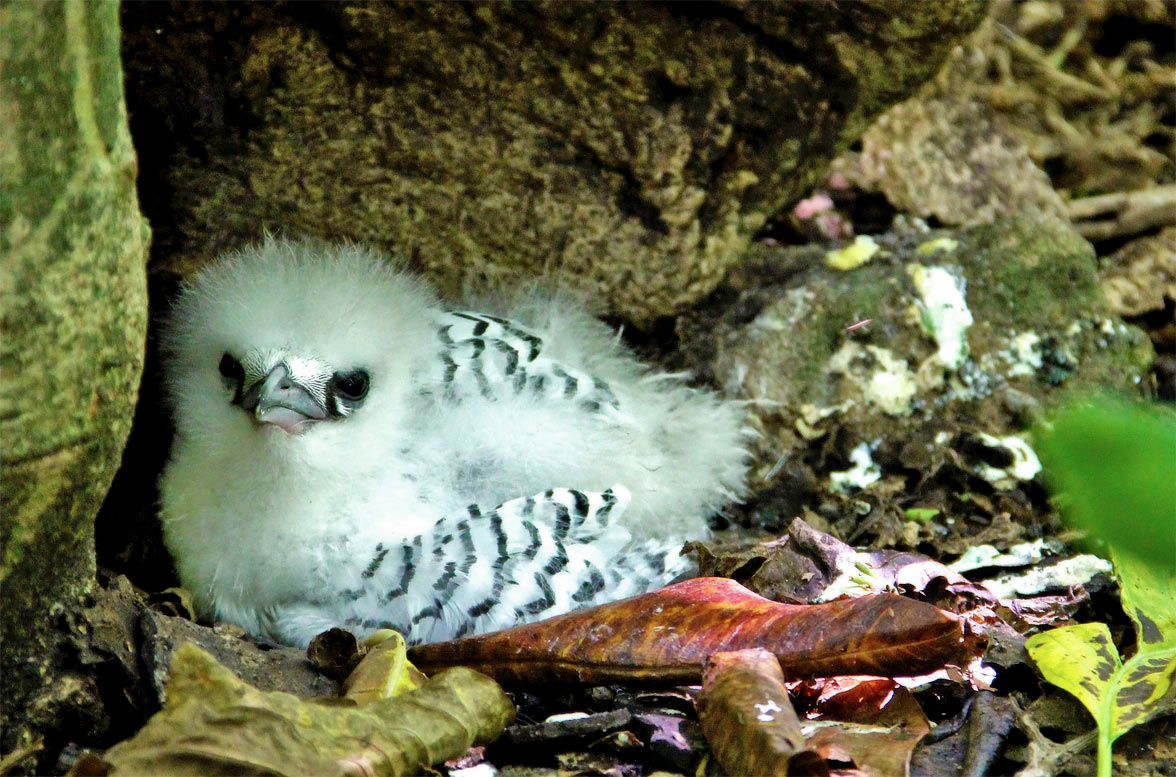
Cousin is a huge conservation success. The previous coconut plantation is now mainly a native forest dominated by Pisonia grandis, Morinda citrifolia and Ochrosia oppositifolia. There are wetlands where fresh water attracts dragonflies and moorhens; the hill creates ideal nesting sites for shearwaters and bridled terns; on the seashore, crabs and shorebirds abound. It is home to a number of reptiles such as giant tortoises and five endemic lizards, giant millipedes and hermit crabs. Seven species of nesting seabirds, in numbers exceeding 300,000 individuals call Cousin home.
The island is recognised as one of the most important breeding sites in the Western Indian Ocean for Hawksbill turtles, and the monitoring programme for this species was put in place in 1972. Since then an eight-fold increase in nesting turtles has been recorded.
Five of Seychelles’ eleven endemic land birds – Seychelles magpie robin, Seychelles sunbird, Seychelles fody, Seychelles blue pigeon and the Seychelles warbler – are found on Cousin.
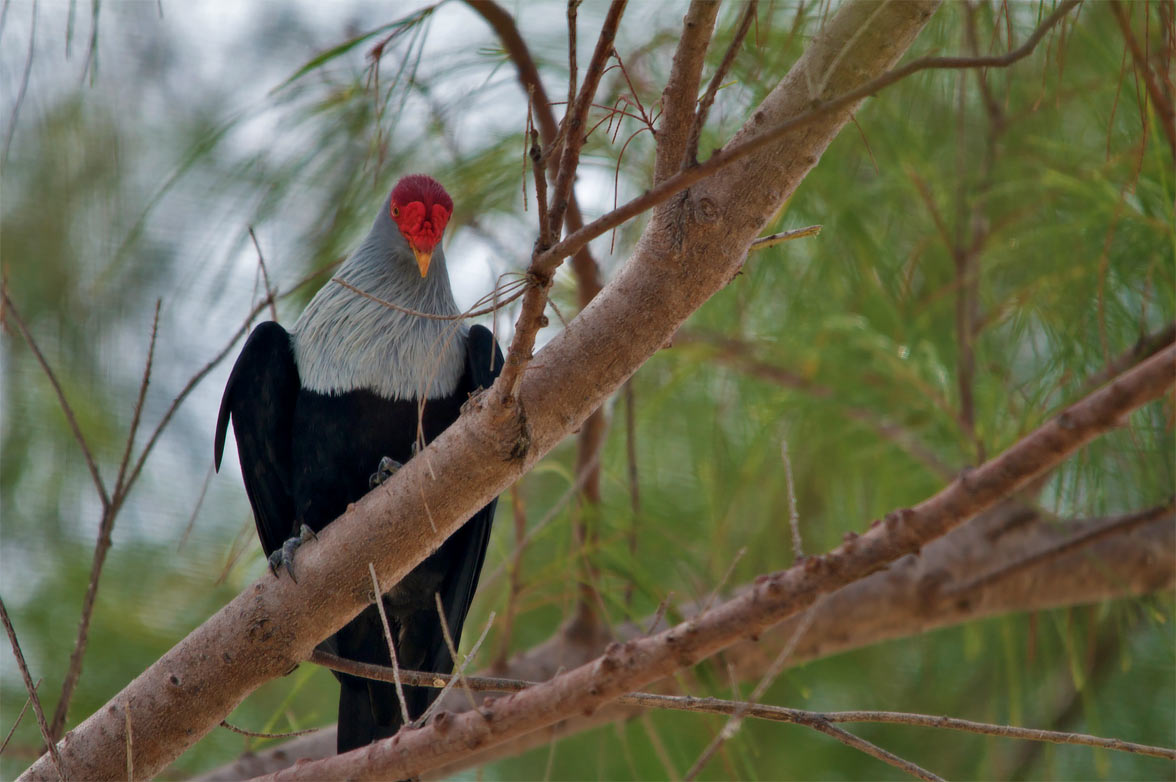
Of the nesting seabirds, Fairy terns Gygis alba and White-tailed tropicbirds Phaethon lepturus nest all year round, whilst Lesser noddies Anous tenuirostris, Brown noddies Anous stolidus and Bridled terns Sterna anaethetus have different breeding seasons. Two varieties of shearwaters, Audubon’s shearwater Puffinis lherminieri and the Wedge-tailed shearwater Puffinus pacificus are found. The former breeds all year round whilst the wedgetailed shearwater breeds from May to October. 300 or more species of fish are found in the marine area and prior to the coral bleaching of 1998 it had the largest fish biomass of any reserve in the granitic Seychelles.
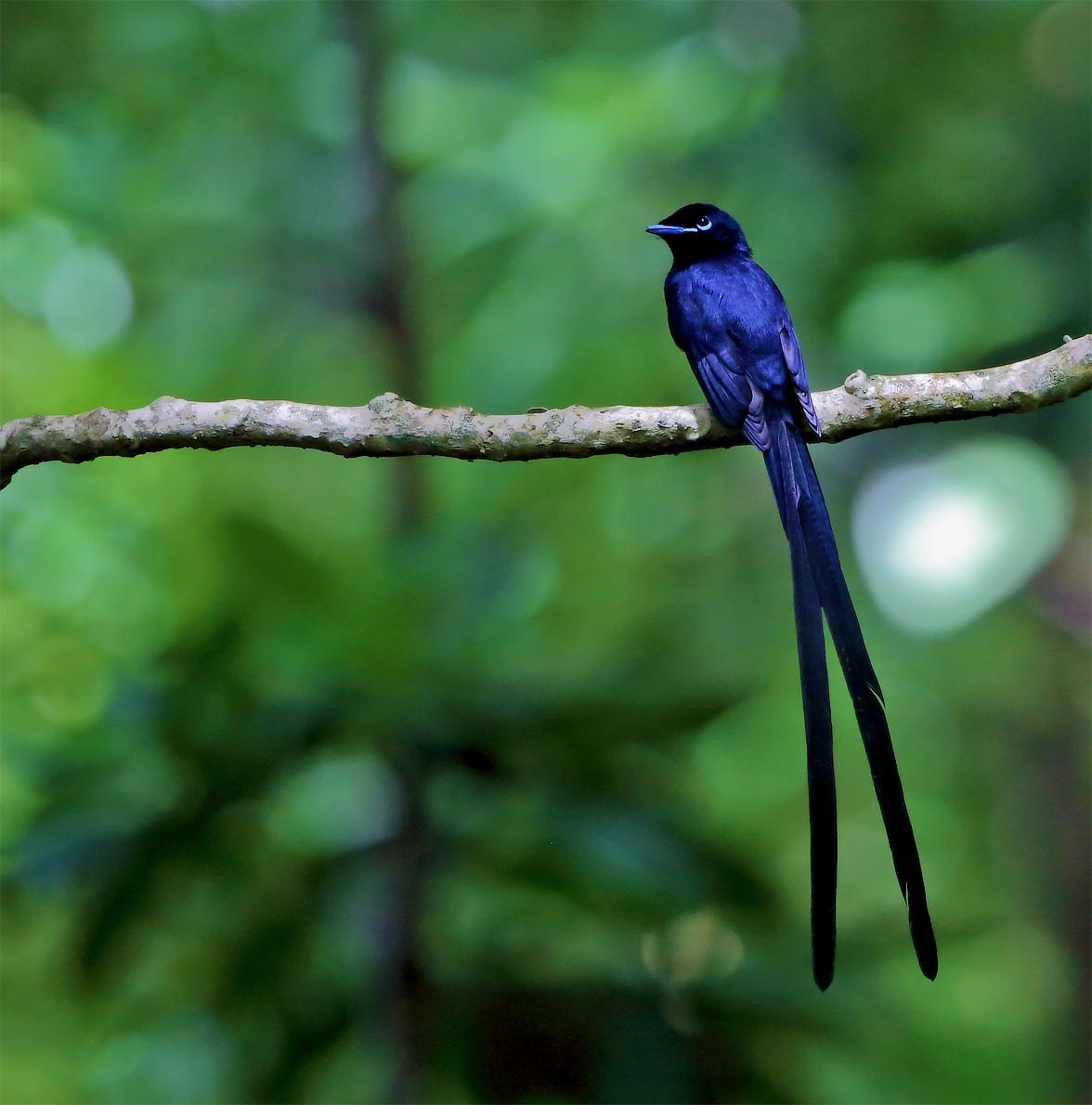
Cousin is self-financed through eco-tourism. However, conservation and research projects still require a high level of sustained fund raising. Funding for NGOs in the Seychelles like in many other countries has been impacted by the global economic recession making fundraising an ongoing and high priority activity.
Located just one mile off of Praslin Island, this place has lush mangroves, dense forests, freshwater swamps, a rocky coastline, and beautiful sandy beaches.
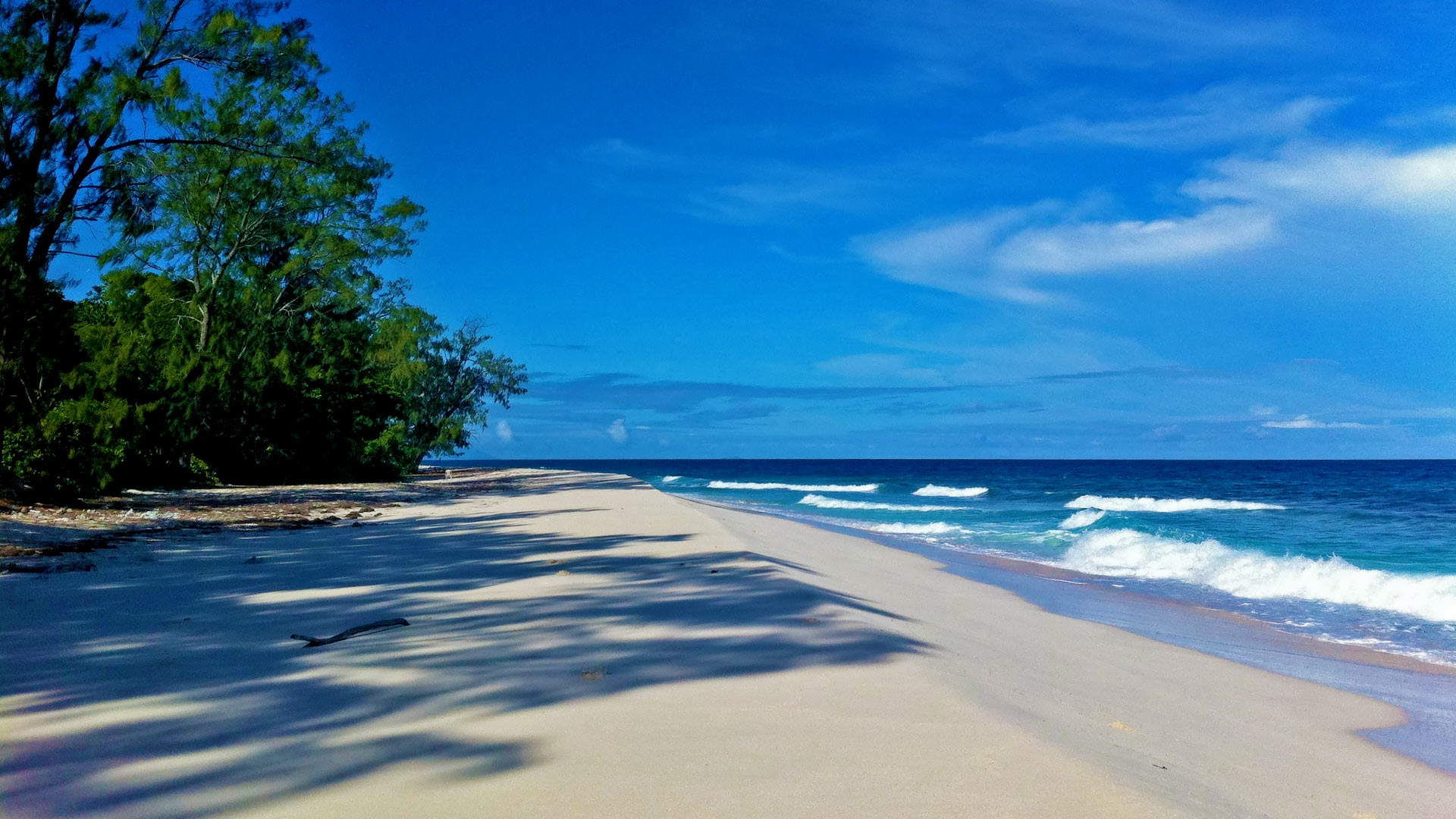
What to Expect on Cousin Island
In our opinion, a few hours is ample time to explore. The island is only 0.13 square miles. When you arrive, you won’t dock on the shores of Cousin Island. Since this place is an essential refuge for so many animals, the Nature Seychelles conservationists are very careful to keep the wildlife safe. This means that you’ll be ferried over to the island on a smaller park boat to make sure that there aren’t any pests hopping off your boat with you.
Visitors 12 years old and up will need to pay an entrance fee of SR500 ($37 USD), which goes towards the maintenance of the Reserve.
What to Do on Cousin Island
A visit to Cousin Island is all about wandering around and taking in the local wildlife. There are birds everywhere you look here! You’ll likely get to see Seychelles sunbirds and fairy terns as well as giant tortoises and lizards. With a bit of luck, you might stumble across a turtle laying eggs.
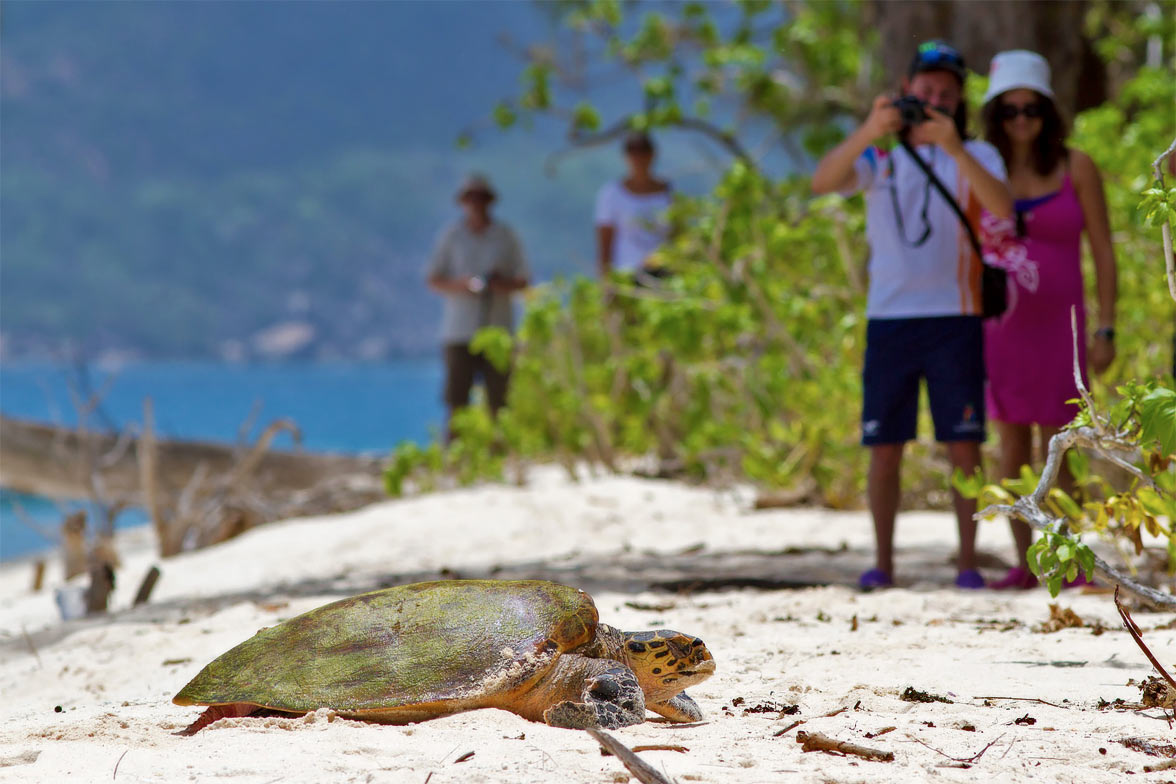
It’s paradise for bird watchers!
The Cousin Island Special Reserve is only open in the mornings from Monday to Friday, so come organised and plan to get there early in the day.
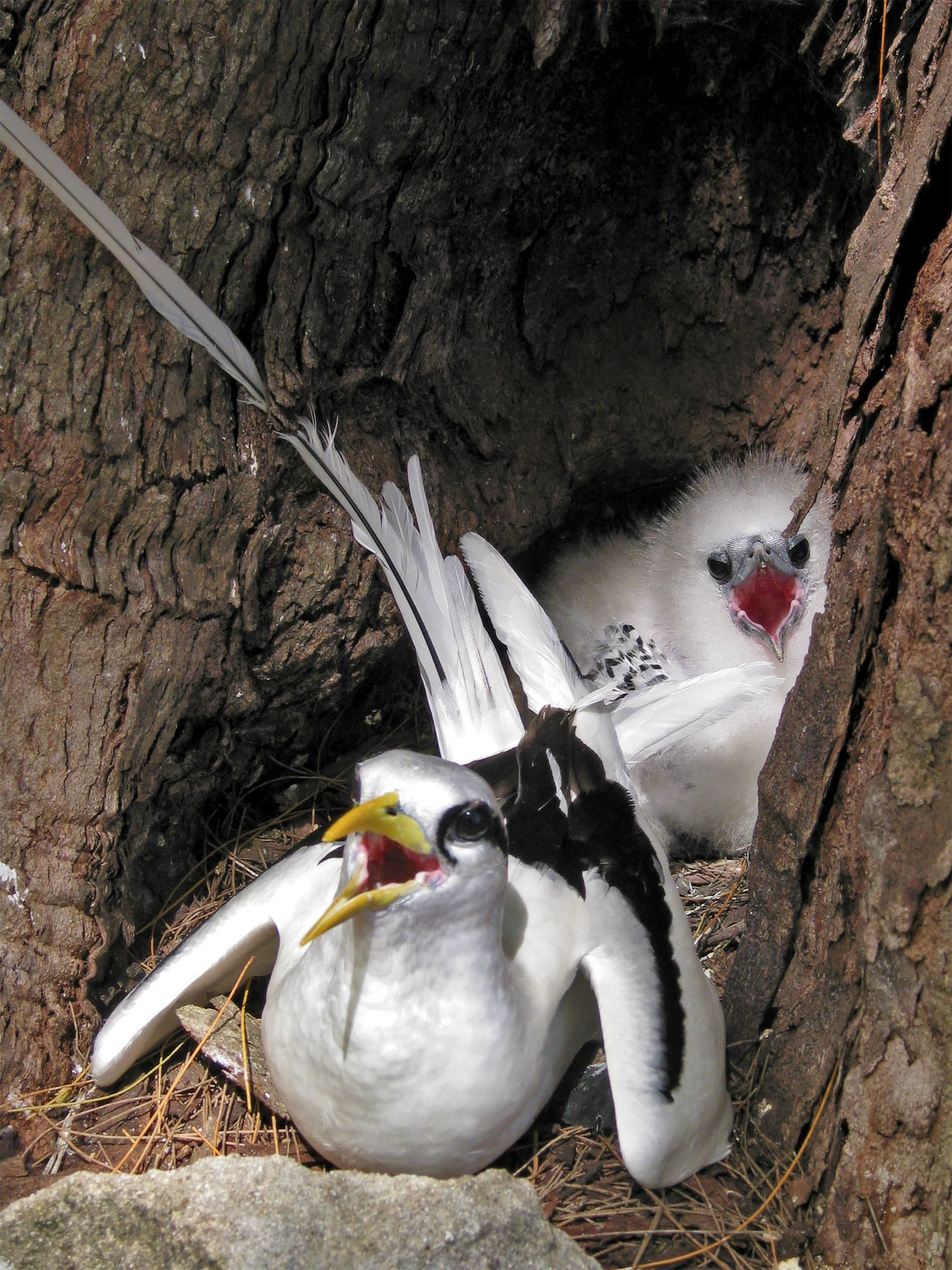
The actual nature reserve on Cousin Island doesn’t organise visits, so you’ll have to speak to Alastair Maiden at Seal Superyachts Seychelles to arrange an island landing permit.
Cousin Island is a great example of why the Seychelles is one of the few pristine places on Earth!
Destinations: Indian Ocean, Seychelles
Footnote:
Contact Seal Superyachts Seychelles for detailed information about cruising around Seychelles, superyacht charter regulations and about how we can support your visit.
Principle agent Alastair Maiden is proud to have worked with many of the World’s largest Superyachts and has extensive knowledge of Seychelles and the surrounding area.
Alastair Maiden
Phone: +248 251 5051
Email: seychelles@seal-superyachts.com